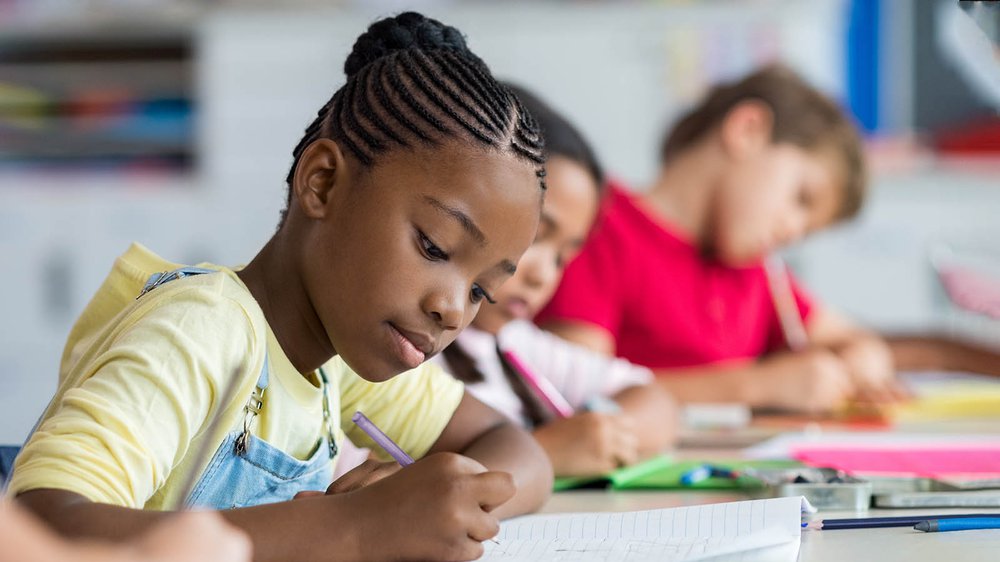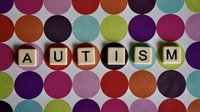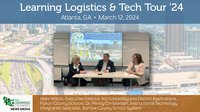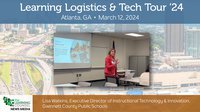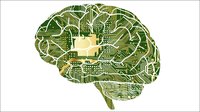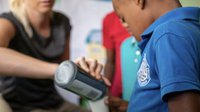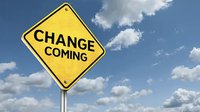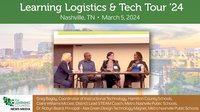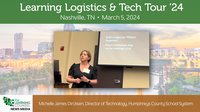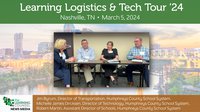As US schools resume testing, large numbers are opting out – By Collin Binkley, AP News
Standardized tests are returning to the nation’s schools this spring, but millions of students will face shorter exams that carry lower stakes, and most families are being given the option to forgo testing entirely.
With new flexibility from the Biden administration, states are adopting a patchwork of testing plans that aim to curb the stress of exams while still capturing some data on student learning. The lenient approach means large swaths of students will go untested, shattering hopes for a full picture of how much learning has been set back by the pandemic.
“We will end up with a highly imperfect set of data,” said Robin Lake, director of the Center on Reinventing Public Education at the University of Washington. “This is something our country will have to commit to tracking and learning about for at least the next few years, and maybe the next decade.”
Some of the nation’s largest districts plan to test only a fraction of their students as many continue to learn remotely. In New York City, students must opt in to be tested this year. In Los Angeles, most students are not being asked to take state exams this year. Other districts are scaling back questions or testing in fewer subjects.
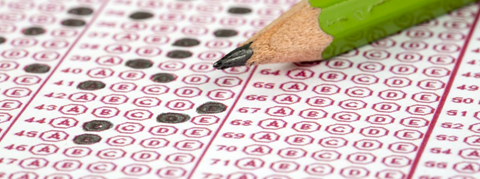
Why summer school in California will prioritize fun and reconnecting students – By Diana Lambert, EdSource
Merced County Office of Education students will hike through a wildlife preserve, fish in the Merced River and take sailing lessons from a local yacht club as part of this year’s summer school program. Elk Grove Unified students have the option to learn to act, sing or perform slam poetry. San Francisco students can take archery at a local park or classes in a high-rise downtown building that is usually home to tech workers.
Although school districts are still offering academic programs, summer school this year is supposed to be fun. Experts say schools won’t be able to combat learning loss until they deal with the social and emotional needs of children who have been away from their peers and teachers for more than a year and may have experienced other trauma during the pandemic.
“Our kids haven’t been on campuses,” said Erin Sipes, a program specialist with Elk Grove Unified, the state’s fifth-largest district. “Our kids don’t recognize their teachers in real life. Our kids haven’t had authentic experience sharing learning. We still can’t share materials, but we can get kids in person and give them the opportunity to have structured social interaction, let kids be kids and have authentic play.”
Many districts are expanding their summer programs — often limited to just students who are falling behind — to include all students. To entice them to enroll, they are offering a diverse selection of fun programs that will give students a chance to reconnect with their peers and get acclimated to being back on campus.

Leaders detail approaches to assessing students' academic, mental health needs – By Kara Arundel, K-12 Dive
While formative and diagnostic assessments are useful tools to gauge students’ academic status, they should be administered with a specific purpose and in coordination with other measures of student learning and social and emotional wellbeing, a group of education leaders said in a webinar Tuesday hosted by the Learning Policy Institute and AASA, The School Superintendents Association.
Data from classroom, schoolwide and districtwide assessments, for example, should only be collected and analyzed if the information will be used to improve student supports, the educators said. “I always remind my team that every numerator and denominator represents the life of a child,” said Jorge Aguilar, superintendent of Sacramento City Unified School District in California.
Formative assessments, surveys, teacher observations and even student and family direct feedback are essential ways schools will know what interventions students need and how teachers can differentiate and accelerate learning after more than a year of disrupted education due to the global health crisis.
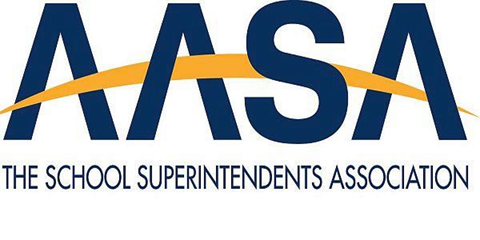
NJ schools to get $2.7 billion — and rules on how to spend it – By John Mooney, NJ Spotlight News
New Jersey’s school leaders are getting a first look this week at the details for more than $2.7 billion in federal pandemic aid heading to their public schools.
Needless to say, the amounts for many districts are dizzying, yet so are the processes and procedures for how it will all work.
The state Department of Education this week notified districts of their aid amounts and other details in the massive COVID-19 relief program approved by President Joe Biden and Congress — a total of $122 billion distributed to schools across the nation.
The money — the largest of three major school-relief packages from Washington since last year — is meant to bolster districts’ resources for a wide range of support and services for students during and after the pandemic, from extra academic programs to counselors to air-ventilation systems.
Already estimated by districts depending on their student enrollments, the aid figures start at $19,000 in the one-school district of West Cape May Elementary and go as high as $177 million to Newark — nearly a fifth of the district’s overall budget for a year.


